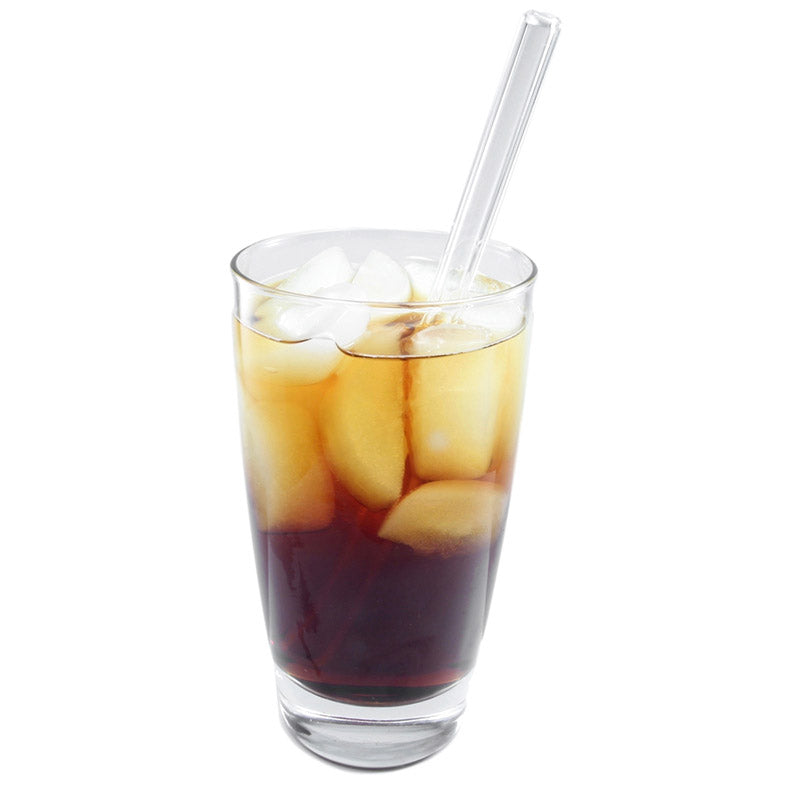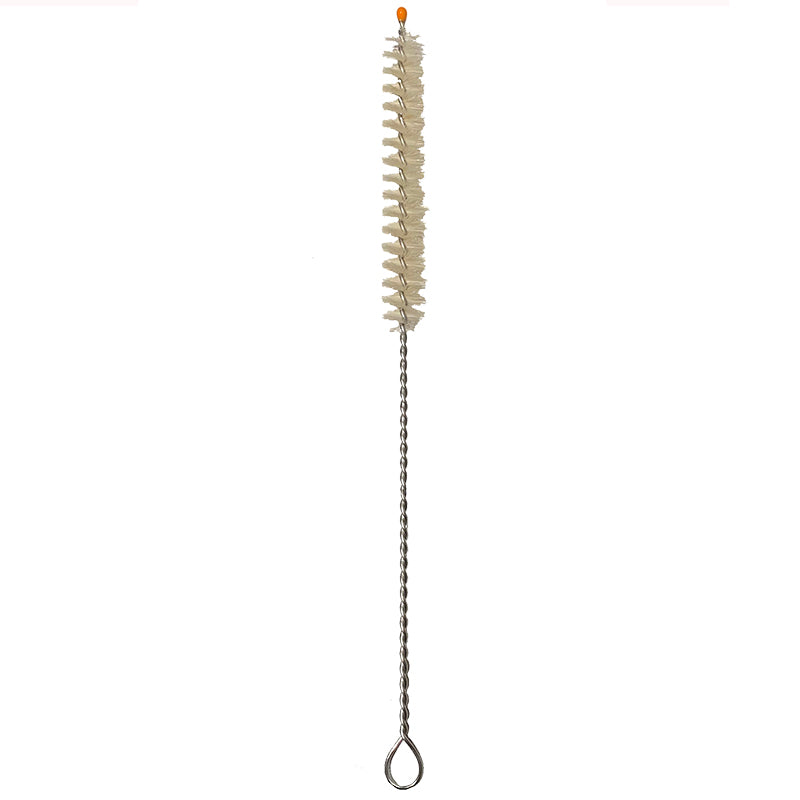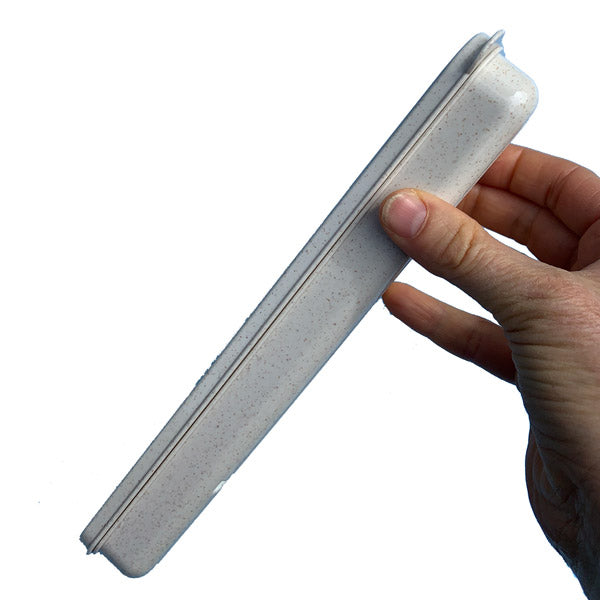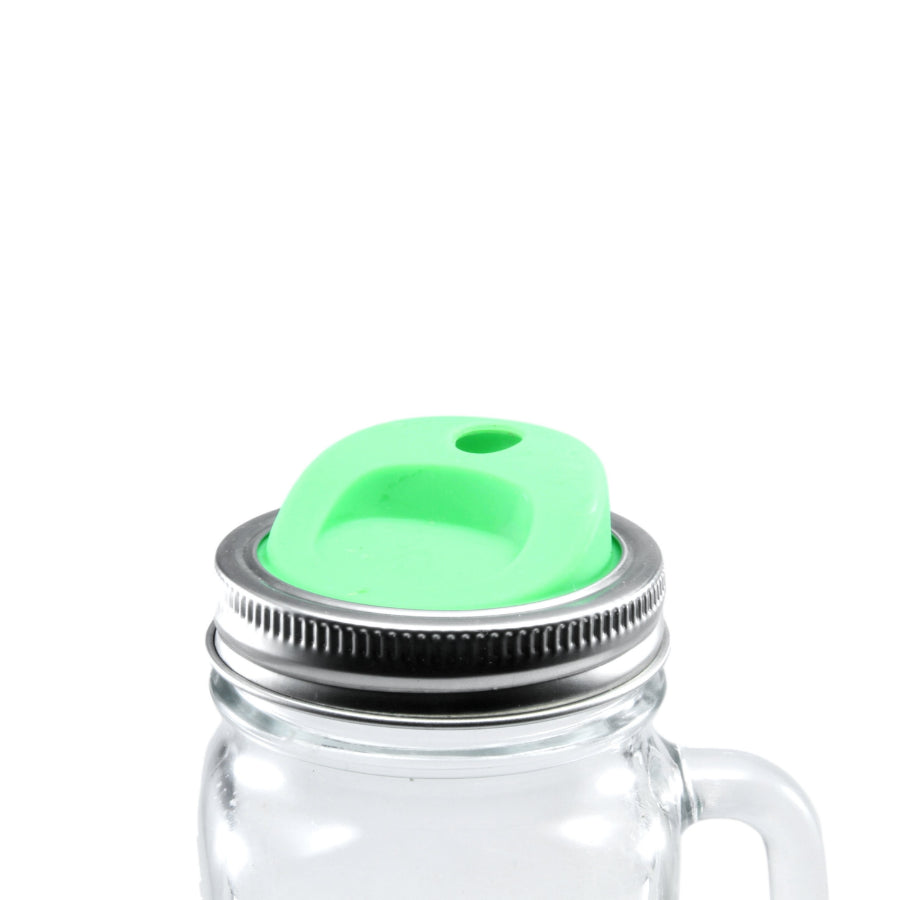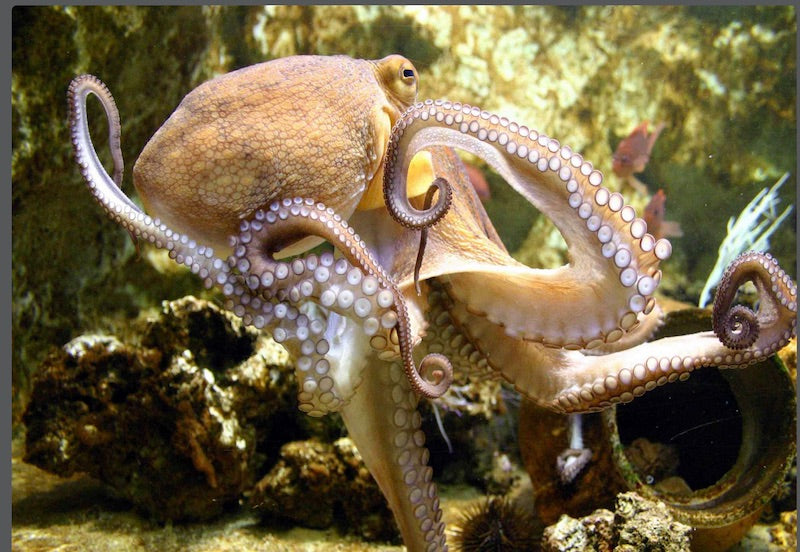The Amiable Octopus
Wow, how time flies! This Friday, October 8th, is World Octopus Day 2021. It seems like just yesterday that it was World Octopus Day 2020. And I haven’t even started all my celebration prep. First and foremost, of course, I’ll need to replenish my stock of reusable GlassSipper octopus glass drinking straws in anticipation of the usual holiday rush.
When you’ve ordered your GlassSipper octopus drinking straws in celebration of previous World Octopus Days, you may have noticed that my GlassSipper octopuses are not entirely anatomically correct. Yes, it is true, my GlassSipper octopuses have googly eyes, and real live Octopuses do not. GlassSipper octopus eyes are also positioned mid-body, while real live octopus eyes are just above the tops of their legs. Oh, and yes, my GlassSipper octopuses have six legs whereas real live octopuses have eight.
Why, you may ask, is that so? Well, to begin with GlassSipper octopuses have googly eyes because that’s the signature feature of GlassSipper critters. That’s what makes GlassSipper critters so goldarned cute and lovable. And real live octopus eyes are next to the tops of their legs, not mid-body, because a real live octopus’ head is actually located right at the top of their legs, with the sack-like body called a “mantle” extending back behind the head. Kind of like a long chef’s hat.
And the six legs? I guess you could say that’s a little bit of artistic license. Originally when I started making octopus reusable glass drinking straws I included all eight legs. But unlike the expansive ocean where an octopus can comfortably stretch out its legs, the surface-width of a glass drinking straw is rather narrow. And my poor eight-legged GlassSipper octopuses seemed a little cramped. So I reduced the number of legs by two and my octopuses happily stretched out much more comfortably.
On the left is one of my very first octopuses. On the right is what it has evolved to after seven years of making them. I think I've improved!

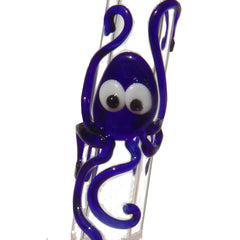
Octopus GlassSippers were among the first reusable glass drinking straw designs that I ever made, all the way back in 2014 when I founded GlassSipper. So naturally octopuses were among my original best sellers. However, even as I added more and more critters to the GlassSipper menagerie, octopuses remained among the top choices of GlassSipper lovers. That’s why octopuses have always been part of my Best Seller Set, along with turtles, frogs, and geckos.
So with World Octopus Day 2021 nearly upon us, I began to ponder what makes octopuses so popular. And I’ve come up with a theory: People love octopuses because we intuitively sense that octopuses are so much like us.
Octopuses are one of the world’s great survivors. Octopuses have been around for more than 300 millions years. Even before the first dinosaurs. And one of the main reasons that octopuses have been around so long, and have outlived so many other species, is that octopuses are super intelligent. Octopuses are innately curious, learn from observation and experience, use their noggins to solve problems, have both short and long term memory, can navigate through complex mazes, and even use tools. Octopuses can easily open jars filled with food, and have been known to pop open a child-proof pill bottle to get at a snack, thereby outperforming many adult humans - including, on occasion, yours truly. Octopuses can also recognize human faces and bond with people.
So how clever are octopuses? Trainers at Kelly Tarltton’s Sea Life Aquarium in Auckland New Zealand have taught Rambo the rapier sharp octopus to take photos of visitors from inside her tank on a $300 Sony Cyber-shot TX30 waterproof digital camera. The aquarium charges $2 for each of Rambo’s photos, with the money helping to support the aquarium.https://www.cbc.ca/news/science/rambo-the-octopus-takes-photos-of-tourists-with-sony-camera-1.3030800
Octopus smarts also make them great escape artists. There are many instances of octopuses in aquariums escaping from their display tanks. In 2016 the New York Times profiled Inky the Octopus, who escaped from the National Aquarium of New Zealand in Napier by dislodging the lid of his tank at night, oozing up and out of the enclosure, dropping to the ground, gliding across the aquarium floor, then squeezing into a drainpipe and dropping 164 feet to the ocean and freedom. An octopus at a British aquarium was a repeat offender who exited his tank every night, slid across the floor to a nearby tank where he wolfed down the fish, then returned to his own tank, to relax and digest his meal.
https://www.nytimes.com/2016/04/14/world/asia/inky-octopus-new-zealand-aquarium.html
Like most of us at times, octopuses are homebodies, spending much of their time snuggled into their dens. Octopus dens are usually holes and crevices in rocks and coral, although octopuses even curl up in discarded metal and plastic objects. I suppose that octopuses, like you and me, just can’t stand single-use disposable items.
Like people, octopuses come in a wide variety of colours, sizes, and shapes. Although the average octopus is around 45 - 60 pounds, the Giant Pacific Octopus, found along the entire west coast of North America, weighs around 110 pounds (but can grow to over 600 pounds), with a 16 foot wing-span (that sometimes reaches 30 feet). Octopuses have adapted to life in every ocean, temperature, and depth, from coastal shallows to sea beds 14,000 feet below the surface (that’s more than 4 km down!).
Octopuses are the ultimate shape-shifters and can change colours, textures, and patterns to stand out in a crowd, which is handy for startling or confusing predators, or blend into the background to hide in plain view from attackers or others they would prefer to avoid. Octopuses would be great as guests at your upcoming Halloween costume party, masquerading as billowing seaweed, ragged rock outcroppings and gnarly coral branches.
Like many of us, octopuses love to eat crabs. A pile of empty crab shells on the seafloor is a telltale sign that there’s an octopus in the neighbourhood. By the way, octopuses have a hard beak and powerful jaws which they use to pierce the shells of crabs and other crustaceans they feed on. Octopuses also use their beaks to inject venom to ward off predators. But don’t worry if you encounter an octopus while snorkelling or diving. They’re not at all aggressive, and only use their venom if attacked. Octopuses prefer just to lay low or bug out.
Octopus beaks play a role in other aspects of octopus life. The males of most octopus species practise safe sex by keeping their distance during mating due to the female tendency of eating any lovers who get too close. Pacific Striped Octopus couples, by contrast, join legs, sucker to sucker and beak to beak in a shaking frenzy that marine biologists call “rough sex.”
In addition to their multi-purpose beaks, there are a few other important differences between octopuses and humans. For example, octopuses have three hearts; one heart pumps blood to the legs and body, while the other two hearts work exclusively to supply blood to the gills. Octopus blood is also blue because octopus blood is copper-based (rather than iron-based in the case of us red-blood humans) which is more efficient in moving oxygen at low temperatures. Octopuses also can regrow lost legs.
And unlike humans, octopus do not use their legs for swimming. Instead, octopuses suck water into their mantle, then forcefully contract their mantle muscles, blasting the water out through a narrow tube called a siphon, propelling themselves forward. The octopus steers by pointing its siphon in the opposite direction to the one they wish to travel. Although octopuses can jet quickly through the water, they prefer to slowly crawl on their tentacles along the sea bed.
Fortunately, the genial octopus is not currently considered endangered. However, since octopuses are solitary critters adept at keeping a low profile in their gardens beneath the sea, it is impossible to ascertain their actual numbers.
But for now, I’ll do my best to keep octopus numbers high in the lead up to World Octopus Day 2021 by planting myself in front of my torch and creating as many new GlassSipper octopuses as time allows.
Happy World Octopus Day 2021!


